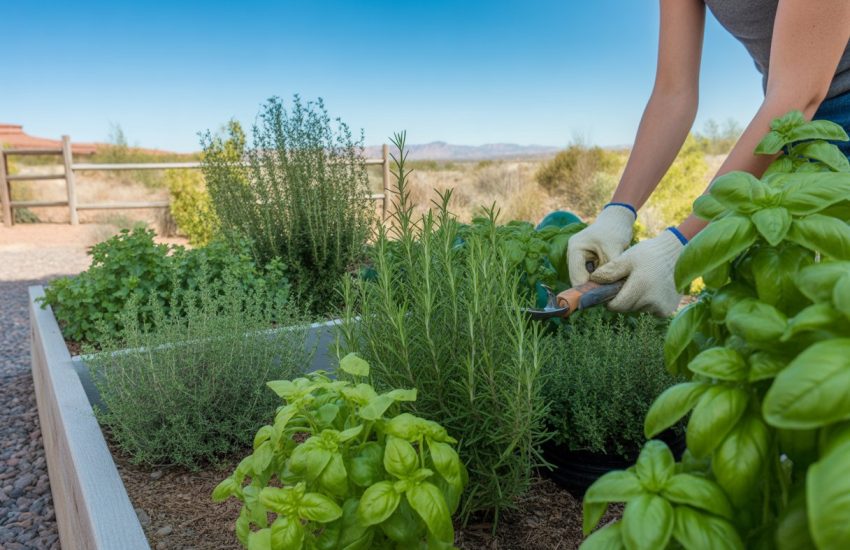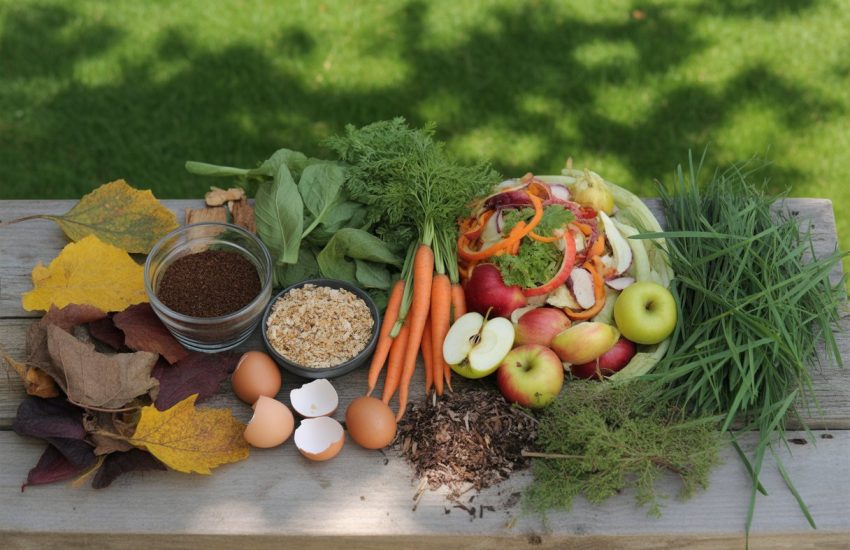How to Grow Lavender From Seed
Lavender securing its place in many cosmetics and aromatic products from detergent to perfume, room fragrance to cologne, and even beverage aromas and managing to become the favorite of the majority is a flower that fascinates everyone with its purple color as well as its scent. It also has medicinal features that are good for the human body in the form of oil and tea.
Additionally, it has become the focus of many with its easy-to-grow feature, so the importance and interest in its indoor and outdoor cultivation have increased. This article will provide information about the lavender seed and its cultivation, and the critical issues while growing that should be addressed will be explained under this topic.
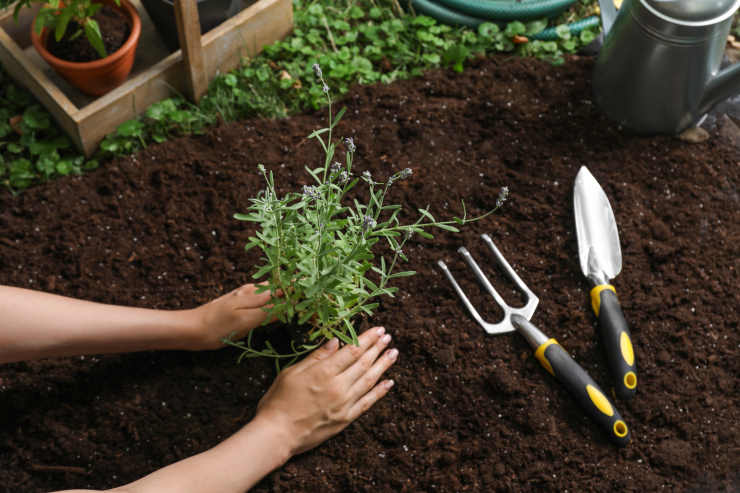
What Is Lavender Seed and Where to Buy It?
Just as in the growth and reproduction of many other plants, the seed of lavender is the flower itself. The dried state of lavender from its past effectively forms the seed. Thus, the seed is formed, ensuring that the plant itself sprouts and grows in the area where it placed itself or is placed.
An excellent and reliable garden or florist and seedling or plant sales places should be among the buyers’ preferences to buy seeds from the beginning. Of course, prioritizing places where seeds are well preserved will lead them to healthier choices. Plus, the seed will automatically sprout the flower by leaving some of the previously harvested lavenders in the soil and drying. Thus, a natural way of purchasing happens.
Necessary Materials for Growing Lavender Seeds
The most important and first step in growing lavender seed is to provide the necessary and appropriate materials. So, the main 3 materials play the leading role in the cultivation of the flower as listed below.
1. Fertile Soil
Soil, which plays the leading role as the raw material of many living things, especially plants, also has a critical place in the growth of seeds. For this reason, the grower must provide a suitable shelter for the seed, that is, a convenient settlement area. Considering this, the soil should meet the fertile and good quality characteristics.
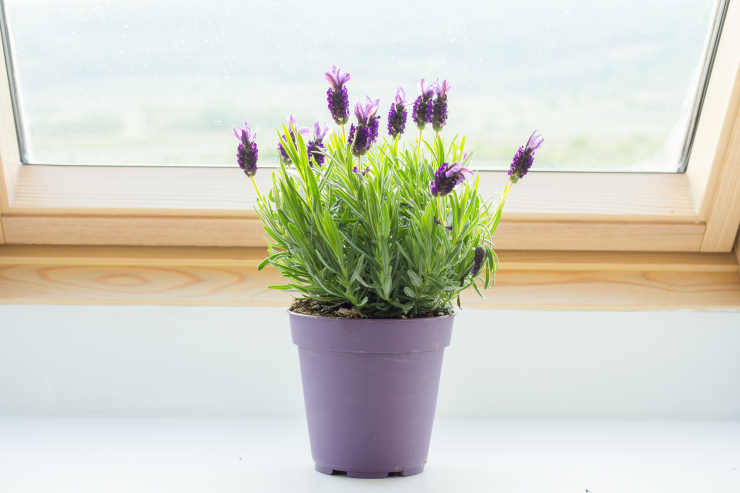
Besides, when the seed is to be grown, whether in a large open field or indoors in a pot, it needs the soil to be well aerated. Likewise, the seeds grown in mineral-rich soil types give much more efficient and reliable results. Good soil means a good home for seeds to live in.
2. Suitable Pot
After providing a good shelter for the seed, a good dressing is necessary when considering growing it indoors, so it’s a good pot. This sheath—that the seed will live in during its development and growth should not be too tight. A good-sized pot should be chosen to make the plant comfortable and secure.
To obtain a good pot, it is necessary to be aware of certain characteristics of lavender. For example, its long roots make the grower prefer a much deeper and larger pot. If an average figure is given, between 40 and 70 cm is an ideal pot size that will yield positive seed cultivation results. Otherwise, pots with a small depth and size prevent the development of the flower’s roots and rot the flower before it can flourish from the very beginning.
3. Well-Preserved High-Quality Seed

Lastly, it is a must to have the seed itself. As mentioned above, it is possible to obtain seeds from places such as florists or landscapers. However, the factor that plays the most crucial role in its growth is the seed itself. Suppose the seed is rotten, unreliable, and poorly preserved from the start. In that case, the grower will most likely fail to produce fruitful results, no matter how optimally the other conditions are met.
In this context, care should be taken to obtain the seed from a reliable place with good quality. Speaking of trust, it is a bitter truth experienced among flower and plant breeders, for example, that some outlets sell genetically engineered seeds. On the other hand, planting some seeds left after harvest will be much more natural and organic, and the grower experiences reliable results during the cultivation process.
Points to Consider for Growing Lavender Seeds
After providing the specific needs and materials for the seed, the grower should know that some issues should be considered during the process. It should be emphasized that they should know the plant they have grown with its main characteristics and what it will need.
1. Soil Care and Irrigation
It was mentioned above that the soil should be of good quality and well-chosen, but it should be underlined that lavender is a type of plant that can grow in any kind of soil if its persistence is successful. Moreover, if the soil is supported with a well-chosen and suitable fertilizer, the plant will maintain vitality, and a positive change will be seen in cultivation.
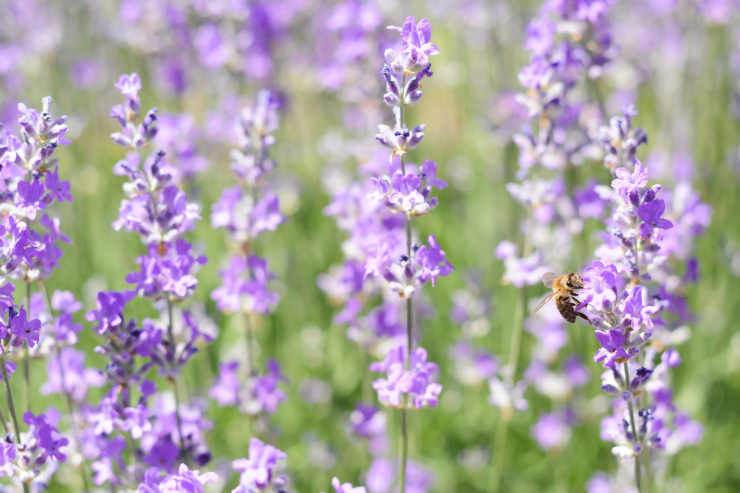
Of course, in this case, choosing the fertilizer and using it in sufficient quantities is a significant action. Namely, you should know the soil and seed and apply for an evaluation this way. After evaluating both, a fertilizer suitable for the seed and the soil should be selected. For example, it has been observed that the seeds bloom lushly and abundantly in dry soils supported by fertilizer containing lime.
In addition, irrigation after soil care is an essential source of life, as in every plant. Moreover, lavender is a very flexible and easy flower because it does not like very moist soil, so it does not cause frequent watering problems for the grower and can stay dry for a long time. Therefore, an individual who wants to grow seeds efficiently and healthily should give rested water in a teacup twice a week.
2. Heat and Light Source
Since lavender is a type of flower that can adapt to light immediately, its vitality immediately catches the eye. In this context, places such as windows and balconies that receive plenty of sunlight and heat will be suitable places for lavender seeds to grow indoors. Open land and areas must ensure that the soil absorbs enough sunlight.
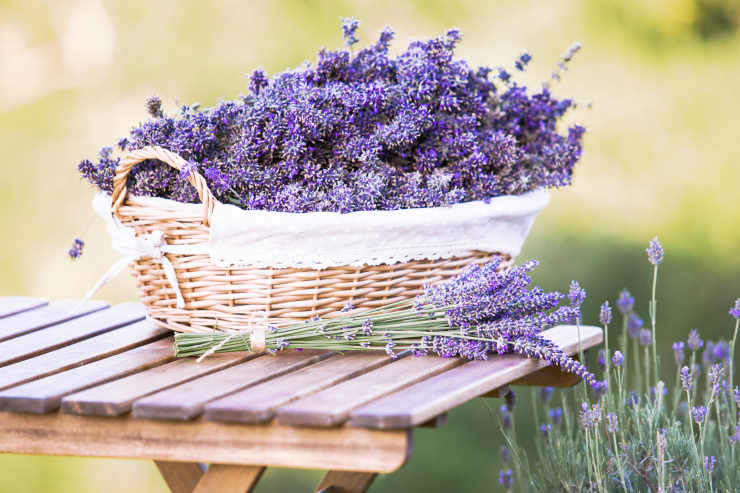
Although it is a type of flower that maintains its vitality by going into a sleep mode phase in cold weather, these seeds do not actually like dark and drab environments. In a location supported by a good light and heat source, much more efficient and radiant results will emerge.
3. Pruning and Pot Change
As explained in more detail below, there are specific pruning periods for the seeds, which can be grown almost every season, especially in spring and autumn. For example, some stems prevent their roots from breathing in the spring, and some of the leaves at the top in winter cause them to fail to bloom lushly in hot seasons.
Attention should be paid to such seasonal conditions, and appropriate pruning should be done. As a good pruning technique, when the tops of the flower are cut, all the oxygen it receives easily reaches the roots, and the flower develops much healthier.
In addition, the pots in which the lavender seeds have grown indoors need to be changed from time to time. In this way, the flower will last much longer, and its scent will intensify.
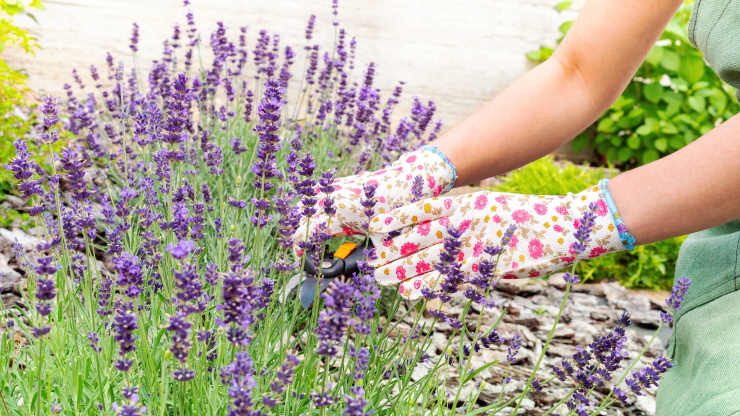
At this stage, lavender should experience pot and soil changing in spring or autumn once a year. Moreover, considering the development and growth of the plant during the annual period, the height of the pot should grow by 20 cm every year. As a plus point, a small pebble to be placed on the lavender soil at each new pot change will keep the soil from excessive drying and support the plant in this regard.
How to Plant Lavender Seeds in Soil?
After getting to know the plant, supplying it, and understanding the characteristics and needs, as well as what should be considered, it is time to learn how to grow and plant the seeds in the soil.
1. What Month Do You Plant Lavender Seeds?
Although it is said to protect itself from cold weather, there are two separate and critical periods during the year for cultivating the seeds; May and November.
As it turns out, one is the spring month, and the other is the autumn month, but they are also the two crucial months when the best lavender seed planting occurs. When properly cared for, the most productive blooming season is achieved in June and August.
Specifically speaking, the newly developing roots will not be damaged or affected by the cold after the last breeze of spring and 12 weeks before the first breeze of winter. Depending on factors such as the district where it is grown, the grower should plant his seeds in a seasonal month that can remove the dryness of the soil, which may be much more humid, in areas where there is a very dry season.
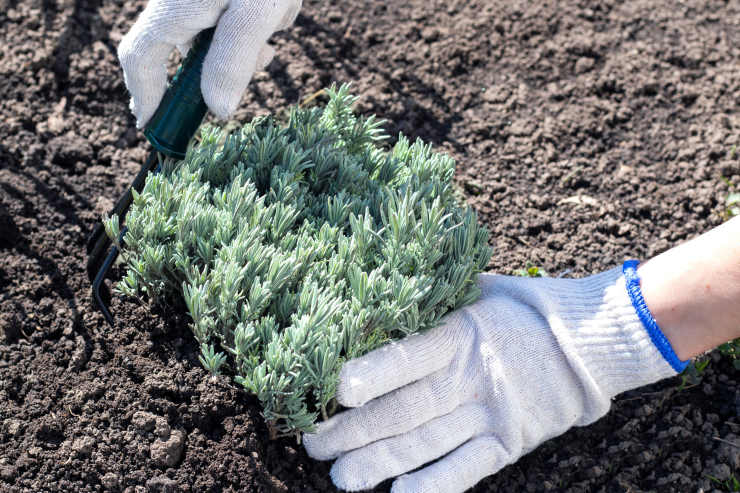
2. How Long Does It Take to Grow Lavender by Seed?
Depending on the effect of factors such as light, temperature, and irrigation, as well as soil and seed quality, lavender seed clings to the soil for 3 days to a week. It starts to germinate, reaching its full potential in an average of one year, and its fruitful results in the second harvest.
The most important piece of advice that can be said at this point is to ask the breeder to be patient. Although lavender is simple to care for, it is a flower that requires a long time and lots of patience to harvest and achieve its beauty.
3. Does Lavender Grow Easy From Seed?
Cultivating the lavender flower from seed is a long and patient process, although it is not difficult to care for, as mentioned before. In conjunction with this, at the end of this expected period, it may give results that do not entirely satisfy the wishes of the grower.
However, to put it another way, growing and planting lavender from seed can ultimately result in flowers being just more vivid and much more affordable than purchasing cuttings or pre-started lavender plants.
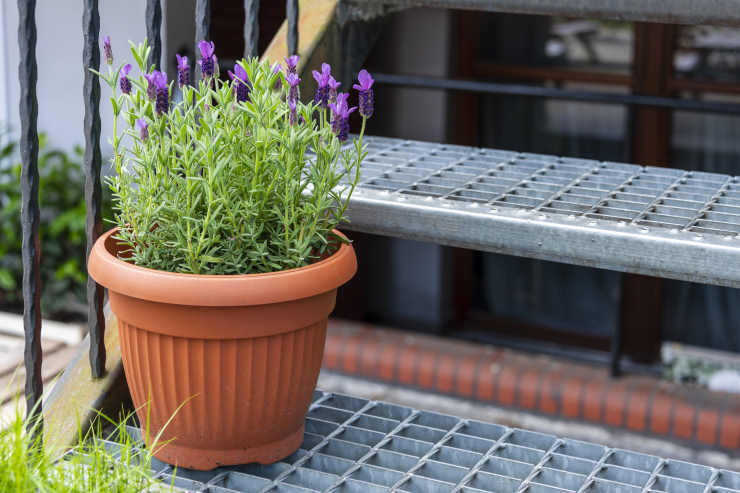
Can I Start Lavender Seeds Indoors?
Yes, actually. You can! As stated and emphasized in almost the entire article, lavenders are very suitable plants to be grown. In this context, when the appropriate conditions and criteria are met, its cultivation in all kinds of areas, including indoors, adds much more to its charm.
In summary, I will briefly summarize the steps of these for you.
A pot is essential for growing lavender indoors because there is no natural soil-producing ground. After the appropriate pot and good soil are supplied with the seeds, the pot should be filled with soil, leaving 2 or 3 fingers at the top. Then the seed should be placed in the soil at intervals and covered with finger-thick soil.
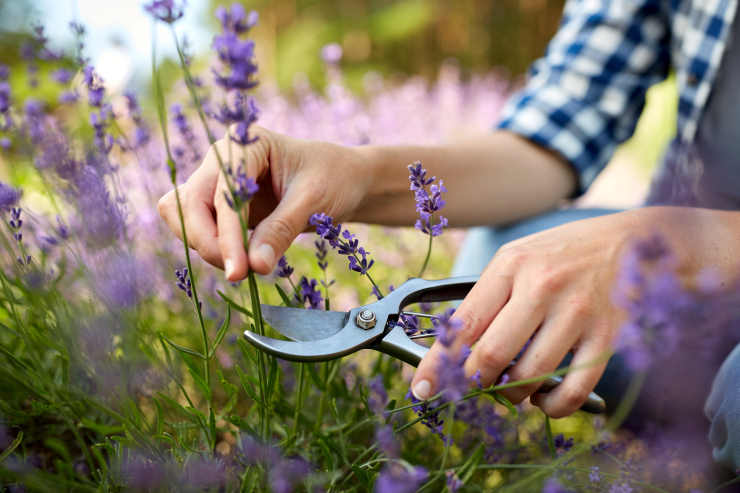
In addition, it is essential that the soil on the seed is not exerted too much pressure and is not compacted. Soil and seeds should be watered at the intervals and measures specified above, and it should be ensured that they are exposed to sufficient light and temperature. At the end of the process, the only thing that needs to be done to reach the fragrant and fascinating colored lavenders is patience.
Conclusion
Shortly, a lavender seed is a flower that requires patience and is very easy and practical to care for and grow when it is taken from the places where it can be obtained in the most suitable form, and the necessary conditions and needs are met.
At the end of this process, full of patience and waiting, it is invaluable that your efforts and patience will be rewarded with the beautiful and relaxing aromatic scent and fascinating purple color of your lavender flowers, which have shown themselves as content in many areas.
You may also be interested in:

